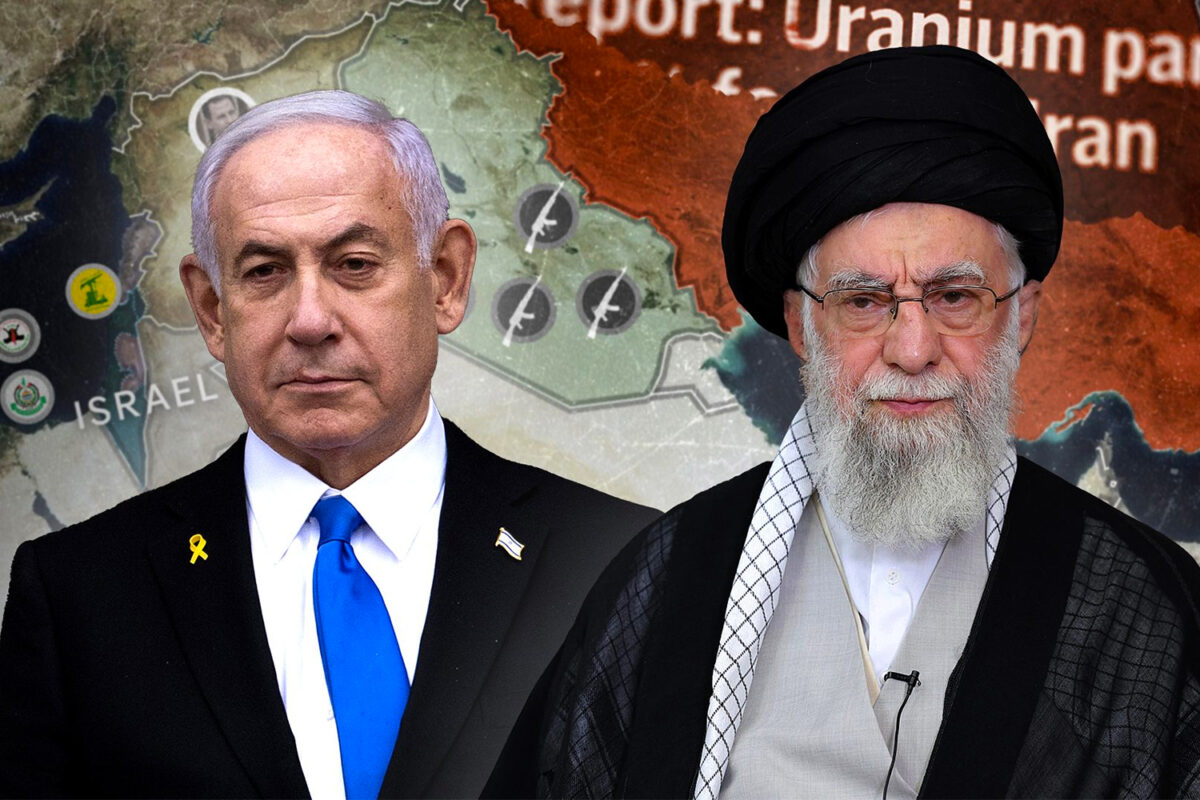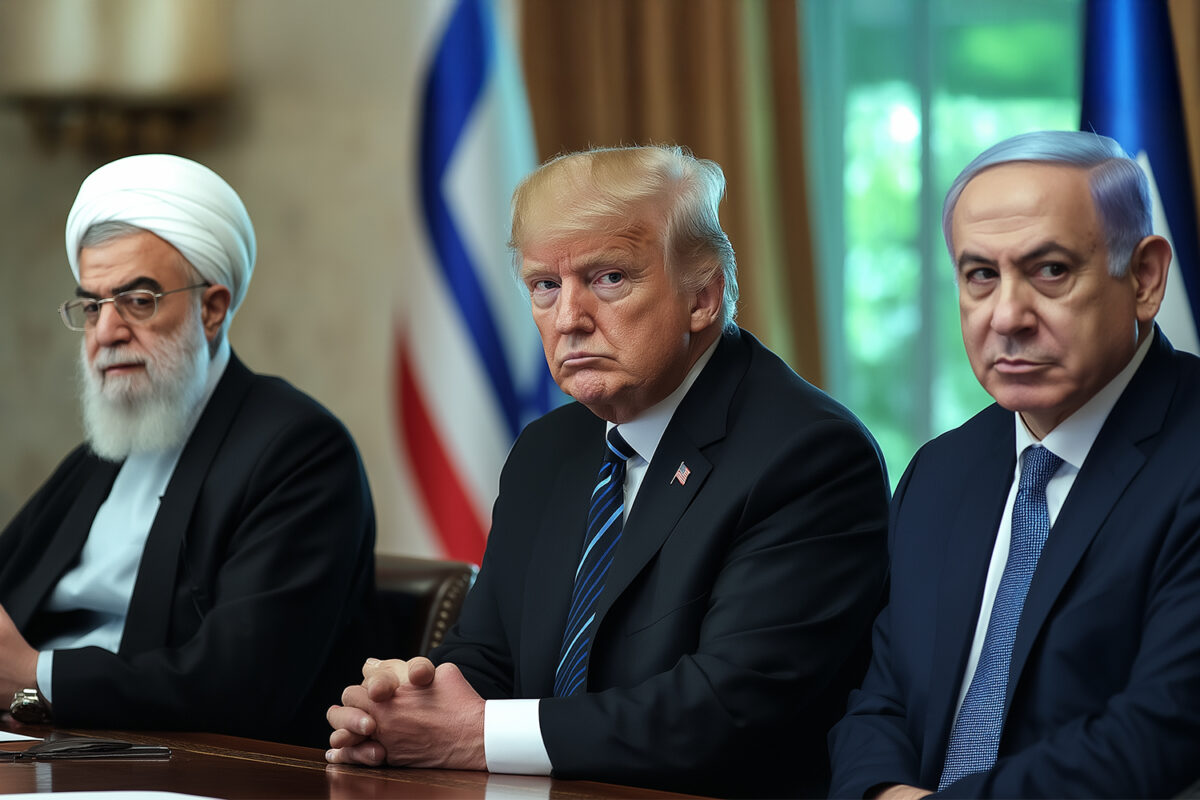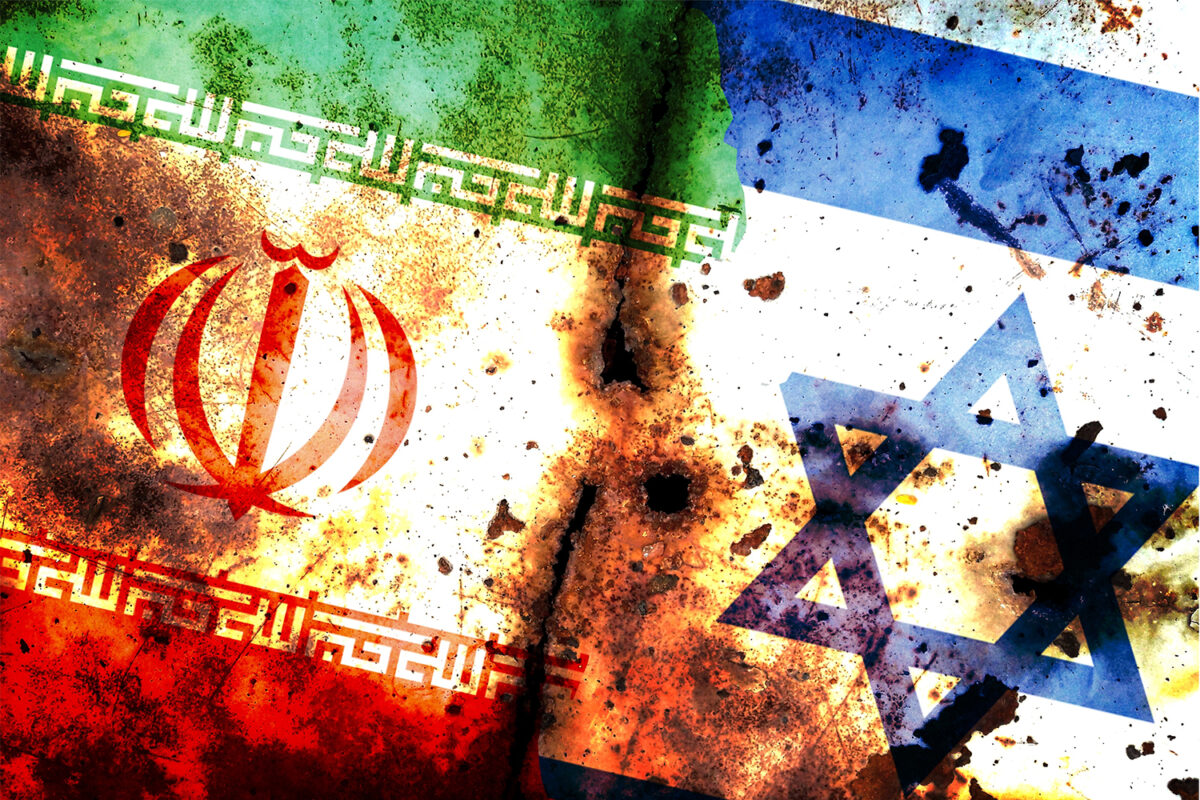Last week hundreds of people stormed Libya’s eastern parliament building in the port city of Tobruk over the deteriorating living conditions, they were calling for the dissolution of the political system. In Iran anti-government protests and strikes continue due to the government’s political and economic policies, which have led to runaway inflation. In Sudan protests continue with over 11 dead as the army tries to complete its takeover of the country. In Lebanon regular protests continue as the economy collapses as no one has been held accountable for the Beirut port explosion in 2020. We see a similar picture in Yemen, Iraq and Algeria, whilst in Egypt the economic situation is dire as the military regime uses an iron fist to maintain stability as discontent reaches fever pitch.
It has now been over a decade since the Arab Spring saw the region’s citizens take to the streets to bring change. But today the situation across the Middle East is far worse with mass protests, armed insurrections and strikes rampant across the region. A decade on the problems in the region have only got worse and their causes will in all likelihood lead to another Arab Spring uprising, but on this occasion more regimes in the region will likely get caught up with the frustrations of the people.
The biggest problem in the Middle East has long been the fact that the politics, successive governments, regimes and politicians have never been representative of the people. This is why most regimes in the region are police states, autocrats or monarchies who have monopolised rule. They have for long been more interested in maintaining their thrones and maintaining the status quo. In Egypt, Iran and Iraq the COVID-19 lockdowns were used in 2020 to clamp down on protests against the regimes and these tactics are still being used today. In Iran the clerical regime was witnessing its most significant test and used the COVID-19 lockdown to stop all protests. In places where elections do take place, such as Iraq and Lebanon, corruption and political infighting dominates the politics as the systems established there pits one faction against the other. After a decade since the Arab Spring the darling of the West, Tunisia, who is constantly held as the only nation that transitioned to democracy after the uprising. It has seen 12 different governments ever since, each have been failures and have struggled to deal with the myriad of economic challenges the country faces. Political polarisation and the fact the old guard are back in power means little has really changed in the birthplace of the Arab Spring.
In Egypt, Iran and Iraq the COVID-19 lockdowns were used in 2020 to clamp down on protests against the regimes and these tactics are still being used today
The economic failure, poverty, authoritarianism and oppression of the masses were all factors that drove many to the streets a decade ago. Today, all of these problems remain and in many cases are far worse. In Egypt poverty, unemployment and wealth inequality has worsened as the military junta have driven the economy into the ground. Even countries that did not see uprisings a decade ago have seen protests grow as they have failed to deliver prosperity to their people. Algeria, Sudan, Iraq, Lebanon and ran were witnessing discontent as recently as 2019 and were it not for the COVID-19 lockdowns these would have swelled to ever greater numbers. Since the lockdowns there has not been any economic restructuring or new thinking by the region’s military rulers and monarchs, they still stick to using their iron grip to remain in power whilst they fail in dealing with the very basic needs of their people.
Since the lockdowns there has not been any economic restructuring or new thinking by the region’s military rulers and monarchs, they still stick to using their iron grip to remain in power whilst they fail in dealing with the very basic needs of their people
In Egypt Sisi continues to build infrastructure, new cities and indebts the country as the people see inflation increase and employment opportunities dwindle. The military refuses to implement the policies that would help the masses as this would require them to give up their control of the economy. The Egyptian military is considered to own over half Egypt’s GDP.[1] In Lebanon the World Bank described the dire situation as: “the scale and scope of Lebanon’s deliberate depression are leading to the disintegration of key pillars of Lebanon’s post-civil war political economy. This is being manifested by a collapse of the most basic public services; persistent and debilitating internal political discord; and mass brain drain. Meanwhile, the poor and the middle class, who were never well served under this model in the first place, are carrying the main burden of the crisis.”[2]
Foreign interference has also played a major role in the region. The architecture of the Middle East was created by the European colonialists and whilst the US has replaced much of Europe’s influence she has refused to allow the region to become independent. US interference and the interference by numerous other nations has led to civil wars as different powers backed different factions. In Libya and Yemen, the countries have descended into chaos as Britain and the US with their proxies continue to battle it out for control of the two nations. In Syria, despite publicly advocating Bashar al-Assad needs to go, all the nations who got involved crippled the resistance and turned the country into a civil war between proxies representing both regional and international powers. Many in these countries turned to foreign help in the hope they could tip the balance of power over their rulers, but this was used to interfere in the countries and ensure real change did not take place. In Sudan the US has ensured the military regime has remained at the helm when mass protests began over two years ago. Whilst in Algeria both Britain and France have supported the military that has frustrated the people’s demands for deep reforms since the 2019 ousting of President Abdelaziz Bouteflika.
The demographics of the Middle East does not paint a stable picture for the regimes in the region. Whilst fertility rates are slowing in the region, the demographics in the region is only going in one direction for the moment and that is this is up. What this means, going forward, there is few places in the world that will be subject to as much pressure from growing numbers of people as the Arab world. This rising population will need to be watered, housed; they will need new and modern transportation systems and labour markets. Competition for jobs, especially government jobs, and housing and the poor quality and inadequate provision of public services are prime causes of the deep dissatisfaction with the status quo that marks so many of these societies. The stress these demographic pressures exert—and regional governments’ ability to mitigate them—will play a major role in determining the future trajectory of the region. Egypt, one of the largest country in the region presents a particularly interesting dilemma for its leaders. The country’s population now exceeds 100 million and is projected to reach 160 million by 2050![3] This means over one million youth will be turning 16 years old every year since then and will be searching for jobs that don’t exist. This increasing population will need to be housed, educated and provided for and requires significant planning which the regime is oblivious to and their only plan is to use the iron fist to remain in control. Algeria, Sudan and much of the region faces similar challenges and this all means the current protests are really just the beginning of the regions problems and will only get worse as the regions rulers kick the problems further down the road.
In Libya and Yemen, the countries have descended into chaos as Britain and the US with their proxies continue to battle it out for control of the two nations
What took place a decade ago during the Arab Spring was the removal of the shackles that had handcuffed the people for so long. The fear that for long held the people in check was removed and many moved to take their destiny in their own hands. The regions rulers have shown they are as incompetent as they are brutal and assume this will allow them to maintain their thrones. What took place a decade ago was a tremor rocked the region and before all earthquakes you have tremors. Whilst the world is fixated on the edge of Europe and the war between Ukraine and Russia. Whilst the US is focused on China and its rise in the East, the Middle East is really the region to be watching as the conditions for the Arab Spring 2.0 are really a matter of when, rather than if. All the underlying conditions in the region that drove the masses to the streets demanding change are worse today than they were a decade ago and it’s just a matter of what the specific spark will be on this occasion.
[2] Lebanon’s Crisis: Great Denial in the Deliberate Depression (worldbank.org)
[3] UN recent report: Egypt’s population to increase 60 million by 2050 – Egypt Independent




